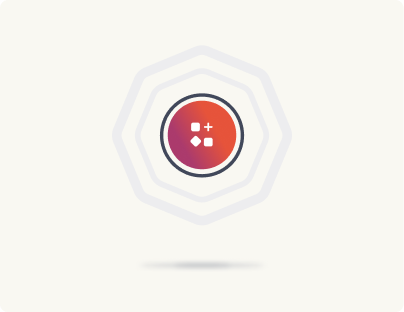Gutenberg vs Elementor: Design flexibility
In the Gutenberg vs Elementor comparison, design flexibility is another crucial factor.
Gutenberg: Simplified, native flexibility
Gutenberg operates on a block-based system, where every element on the page (from text and images to buttons, spacing, and embeds) is a block.
Everything you see in the quick demo below is made up of blocks. You can click and add blocks anywhere, choose from dozens of ready-to-use options, or create your own for deeper flexibility.
The beauty of the WordPress block editor lies in its “nativeness,” it doesn’t feel added on… it feels built in. Every block, every interaction speaks the same design language as WordPress itself.
Experience Gutenberg in action: Build and edit — all in the live demo, no sign-up needed.
With blocks (and patterns, layouts, and pages built entirely from them), Gutenberg brings speed, structure, and simplicity together. You can create visually consistent designs without the clutter or code-heavy bloat.
But Gutenberg goes beyond page building/editing. Its Full Site Editing (FSE) capabilities, extend that same block-based experience to your entire site, empowering you to edit not just the content area, but also the header, footer, and sidebar. Build a site’s structure using custom block themes for complete creative control, all while preserving the stability and integrity of WordPress core.
And because Gutenberg is fully extensible, developers can build custom blocks, introduce dynamic block variations, and apply advanced CSS to create tailored solutions that match their exact design and functional needs.
Elementor: Unmatched design control with a learning curve
With Elementor, you can design everything from simple pages to intricate, custom-built layouts using a wide range of “elements,” including widgets, templates, and third-party add-ons.
Elementor is perfect for those who want full creative control over every aspect of a website’s design. It allows you to work on every element of a page, from font styles and colors to positioning, margins, and even animations. With advanced features like motion effects, custom CSS, and flexible positioning, Elementor is ideal for building visually rich, custom designs.
However, the trade-off for this high degree of design flexibility is that it introduces complexity and overhead. Because Elementor adds additional resources, such as extra CSS and JavaScript, the design process can become more resource-intensive. As a result, users may need to invest extra time in optimization to ensure that page load times and performance don’t suffer.







